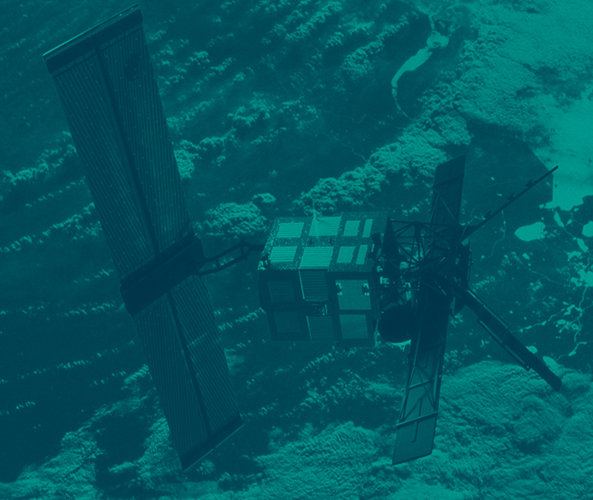Big science teams up with big business to kick‐start European cloud computing
European companies and research organisations have created a partnership to turn a wealth of data from various Earth sciences into useful and easily accessible information. The initiative is being tested using ESA’s earthquake and volcano research.
The initiative is called Helix Nebula – the Science Cloud, named after the large planetary nebula sometimes referred to as the ‘Eye of God’.
This partnership is working to establish a sustainable European cloud computing infrastructure, supported by industrial partners, which will provide stable computing capacities and services that elastically meet demand.
Cloud computing is an Internet-based method where large groups of remote servers are networked to allow the sharing of data-processing tasks, centralised data storage and online access to computer services or resources.
By showing how cloud computing can help to solve some of society’s biggest challenges, the European cloud‐based scientific e‐infrastructure will open the way for public organisations to profit from commercial cloud services.
Of particular interest for ESA, the availability of Helix Nebula will assist in monitoring the global environment to help our understanding of Earth system processes and to stimulate multidisciplinary Earth system research, applications and climate sciences.
During a two-year pilot phase, Helix Nebula will be deployed and tested based on three flagship projects. They are the European Organization for Nuclear Research’s (CERN) processing of data from the international ATLAS experiment, the European Molecular Biology Laboratory’s (EMBL) simplifying of the analysis of large genomes and ESA’s Earth observation research platform.
ESA, along with the French space agency CNES and the German space agency DLR, are collaborating with Italy’s CNR National Research Council to create an Earth observation platform that focuses on earthquake and volcano research.
This undertaking is done as part of the Group on Earth Observations, a partnership of governments and international organisations.
ESA is contributing 20 years of radar data from its ERS and Envisat remote-sensing satellites, along with datasets derived from other space and in-situ sources to the online infrastructure, to attract scientists to use it as a research platform.

“Helix Nebula, in this partnership, will grant a cloud-based infrastructure that will allow greater scientific exploitation of ESA satellite data, as well as to bring other communities on board to better understand the geophysical phenomena of our planet,” said Volker Liebig, Director of ESA’s Earth Observation Programmes.
“Although the ERS mission is no longer operational, the availability of cloud computing services for mass-market prices – a few cents per hour for processing – in combination with an open and free data access policy will drastically increase the demand for satellites’ data,” said Wolfgang Lengert, ERS Mission Manager.
This will also ensure the continuation of any given mission beyond its active lifetime.
The evolution of Earth observation mission exploitation is closely linked to the Internet and to mass-market information technology assets: online storage of large datasets is affordable, allowing large-scale data sharing that supports interdisciplinary research.
The commercial partners in Helix-Nebula are Atos, Capgemini, CloudSigma, Interoute, Logica, Orange Business Services, SAP, SixSq, Telefonica, Terradue, Thales, The Server Labs and T‐Systems, along with the Cloud Security Alliance, the OpenNebula Project and the European Grid Infrastructure. They are working together to establish a federated and secure high‐performance computing cloud platform.






